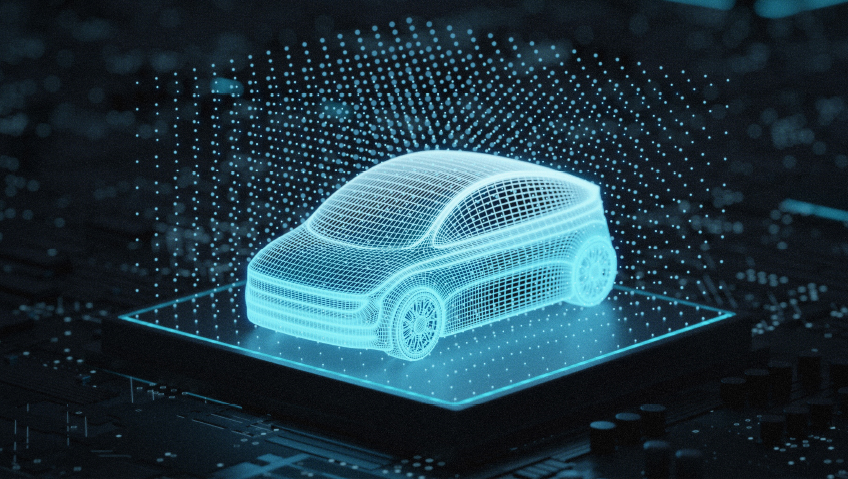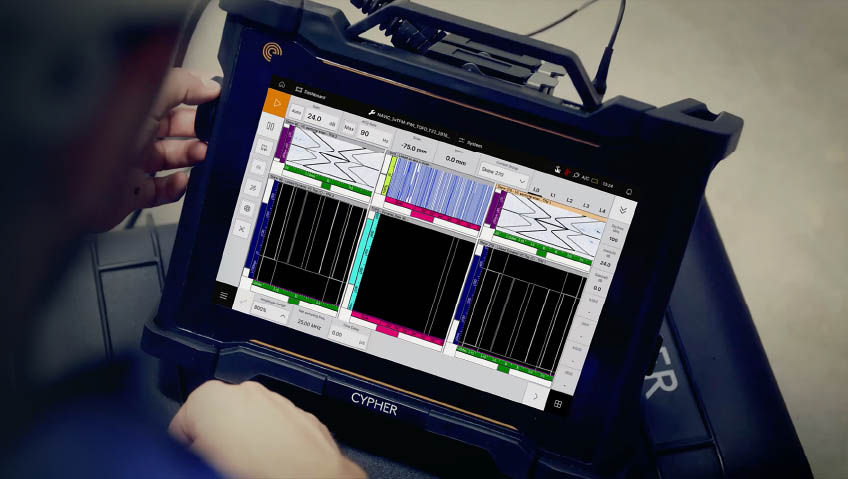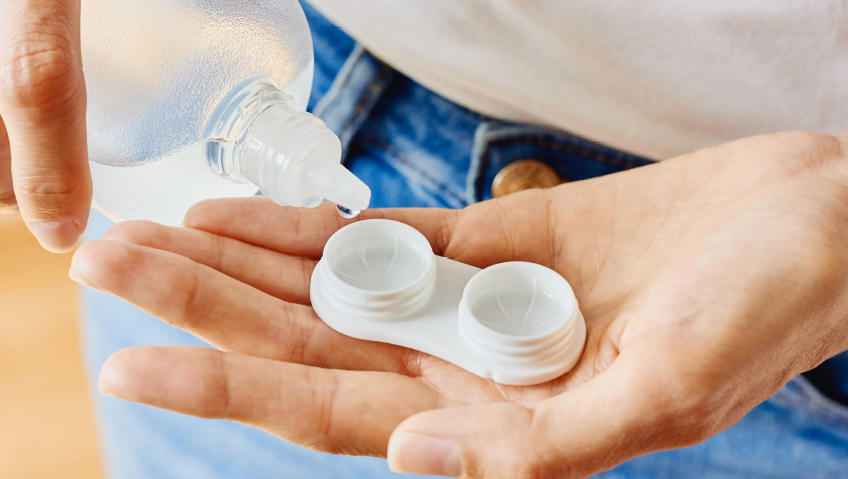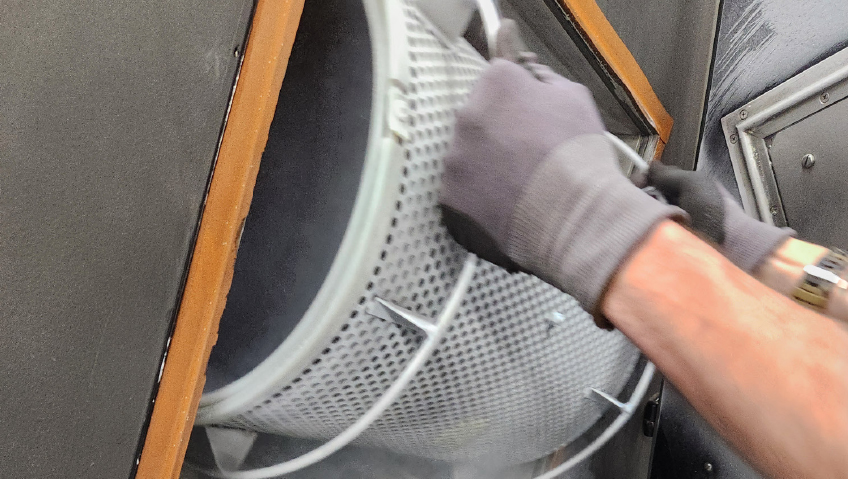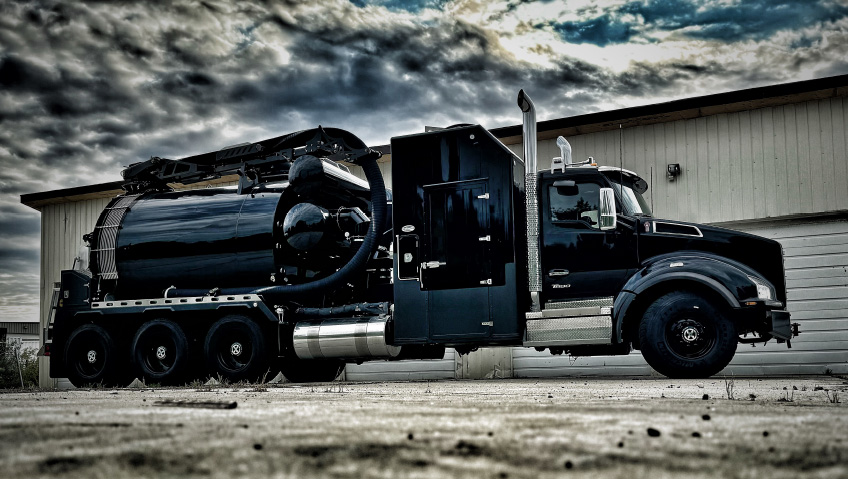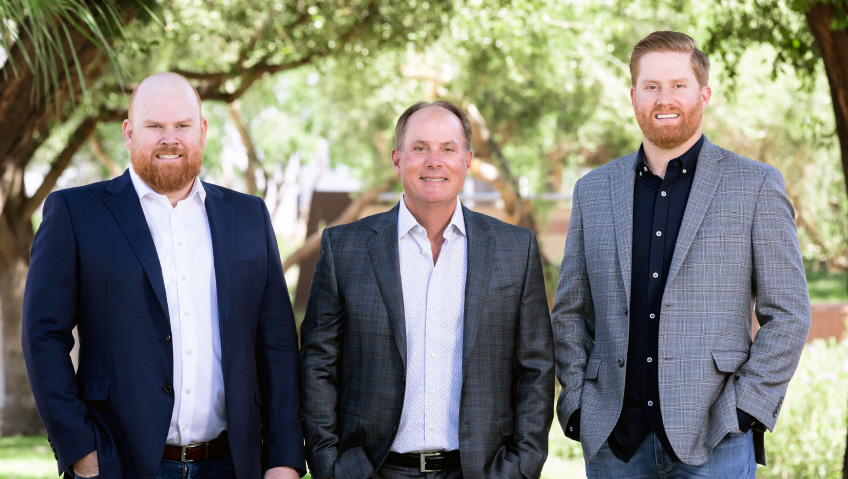Manufacturing is in the midst of transformation. The industry has evolved from basic building to far reaching and varied techniques that have produced a myriad of new products for consumers.
And over the last 20 years or so, we have seen another evolution taking place, as machines that have been in use for years have become highly sophisticated and are now being further enhanced through 3D printing and AI to bring something that manufacturing has not really excelled at until now—customization.
For the longest time, manufacturing has been able to reach the largest number of people by keeping things generic. If something is simple enough, more people can apply it to their needs, even though it may not be the best fit. But now, thanks to a combination of advanced tools, computing, and modern concepts of design, customization for individual consumers on a mass scale is not only possible, but highly sought out.
A fun example of just how unique and individualized a product can be is Nik Lee Industrial Design’s bubble boots. What kid doesn’t like blowing bubbles?
The design company creates shoes that come from kids blowing bubbles. Here’s how it works: they start by scanning a child’s foot through a smartphone app. From there, the child blows bubbles through a straw that they aim at their computer microphone. The bubbles are digitized on the shoe design. The noise that comes from the mic moves the bubbles around on the shoes and once the child is happy (or out of breath), the model is sent to a 3D print farm and a real-world shoe is created—exactly as the child designed it.
“The prompts were refined until I could control the base volume of the shoe. The design of each shoe will be different, so the base design needs to be simple. I was also looking for a silhouette that can be slipped on and off but still offered support,” the designer notes on the company website Nikleedesign.com. Most parents appreciate a supportive shoe that is easy to slip on and off and is fun to wear!
One of the recent changes to the design component of manufacturing is what’s known as computational design. Up to this point, design was largely a passive process: a designer applies their knowledge, skill, and a bit of intuition to create a design using computer aided design (CAD) to help create a product, part, or any other given widget. And this has been very effective, except that it was limited by the time and resources available to the designer.
Computational design is a method that combines algorithms and parameters to create new designs. In essence, that CAD process is supercharged with computer-coded language to create designs or analyze existing ones over and over very quickly. This allows designers to explore hundreds of options and create unique solutions, ultimately opening up new possibilities that might not have been discovered through traditional design. It also cuts costs as the computer does the work. This means manufacturers can make unique products for much less, much faster.
But all of this would not be possible without 3D printing. It’s the 3D printing that can produce many unique parts simultaneously from these computational designs without molds or tools. This is what 3D printing can uniquely provide as opposed to traditional manufacturing techniques.
These advancements can have a particularly important impact on medical products, where one size never fits all. A great example of how this design and manufacturing technology is having an impact started in Colorado where a young first-grader broke his arm. As with many people in that situation, a plaster cast was made to heal the bone. But a first-grader is never really great at keeping things clean and this includes a plaster cast, which he got wet. Unfortunately, this ended up causing an infection and permanent scarring on his arm.
This boy happened to be in a program run by Diana Hall, a chemical engineer. Hearing this story, she felt that there had to be a better way to heal bones. Hall developed a conceptual plastic brace through 3D printing that was both waterproof and guaranteed not to break. This is the origin story of her company ActivArmor, which is the only manufacturer of waterproof casts in the U.S.
The company uses light-scanning and 3D imaging to map the contours of a limb as well as the injuries that require support. From there the process is not unlike making Lego bricks, with high-temperature thermosetting plastic shaped to fit the need. This can include scars and burns as well. In a 2019 article for the Florida Times Union, Hall says about ActivArmor casts: “It’s not going to melt,” and, “you can break every bone in your body before you break this.” The casts and splints can also be used for sprains and carpal tunnel syndrome, and they can be worn on the job and in the shower so people can be active as they heal. Now NFL players have been able to save their careers by speeding up healing time.
The other impressive thing about this product is that now, instead of keeping a wide variety of splints on hand, healthcare providers just need a 3D printer which they can use to create the exact type of brace that a patient needs.
A very different industry is also starting to see the benefits of customization—automotive manufacturing. In Europe, Twikit, a Belgian company that specializes in customized 3D printing products and digital products, is working with BMW Group to customize accessories of cars like the Mini. These include indicator inlays, also called side scuttles, and trims for the passenger side of the interior, LED door sills, and LED door projectors. Customized touches include a light-projecting “welcome (driver name)” on the ground as they open the door. These details can even be initiated by the consumers, allowing them to change and exchange parts as their preferences change—like colors, patterns, and icons, all of which create a completely individual and unique experience for the owner.
And we are really just entering this phase of manufacturing. By using a data-driven approach to design, companies will be able to offer consumers products that can be specifically tailored to their lifestyle and needs. Further, data from the lifecycle of a product can help shape how it can be better designed to last and adapt to a user’s needs over time.
Take a house for example. Data about environmental impact—like wind, sun and rainfall—on a particular house can be used to improve its design and efficiency. Traffic noise can be factored into noise reduction, roofs can be shaped to optimize solar panels and rain collection, or ducts can be shaped and positioned to maximize heating and air conditioning airflow.
As manufacturing and new technology breakthroughs like AI continue to become more intertwined in how we design and produce goods, who knows what else may be possible?

